Since I decided to go to Burma, Bagan was absolutely the most important stop on my plan. Having seen the surreal pictures of thousands of pagodas in the mist, I absolutely had to see this for myself. Getting a bit ahead of myself here, I was not disappointed; it was a complete overdose of temples and pagodas, but it was an incredible learning experience, considering they were all different. I had an excellent guide to take us around, as well – I’d be happy to recommend him if you ever go.
In my descriptions, I will heavily rely on other sourced content, as I cannot pretend to be any sort of an expert on Burmese Buddhism (and there are over 2,200 pagodas and temples in Bagan, about a thousand of which I feel we have visited over the three days). Some of the pictures on these sourced sites are far better than mine, too, but oh well.
Our first visit was to the Dhammayazika Pagoda. Its structure has pentagonal terraces instead of the more typical square base of normal Bagan pagodas. On each side of the pagoda, there is a small temple housing an image of Buddha. The usual practice in most temples was to have four images facing the cardinal points, representing the four Buddhas of the present world cycle who have already attained Enlightenment. In this pagoda, though, the fifth temple is placed with a “future” image of the Buddha. It was under renovation like several others we have seen, which was unfortunate as far as our touristic experience goes, but great for the pagodas, as a number of them have been ignored for far too long. 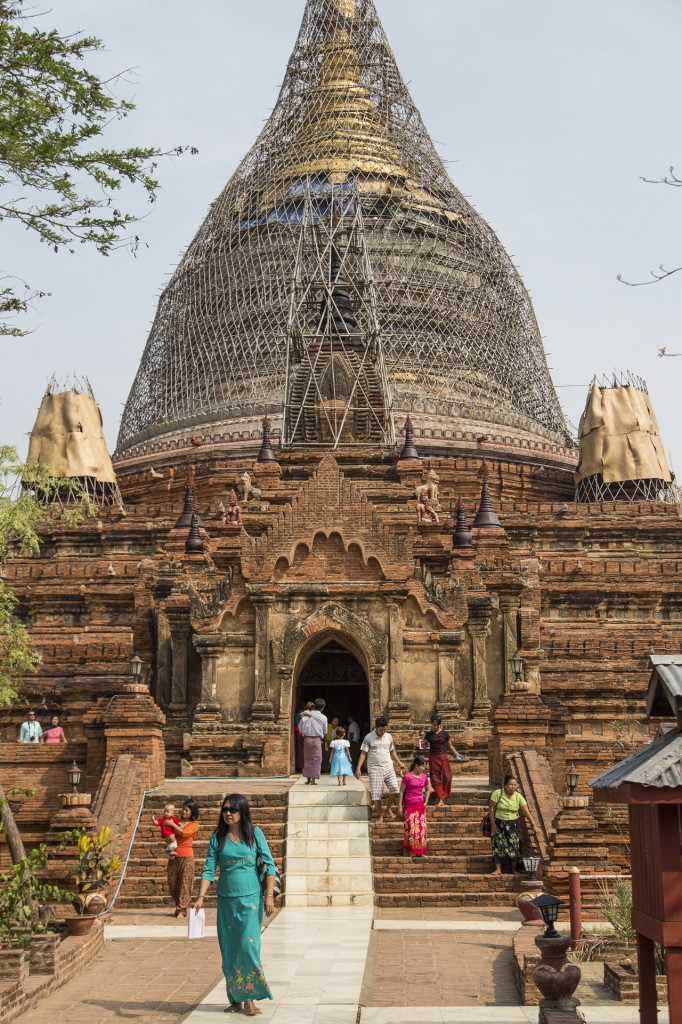
This was literally our first exposure to Bagan pagodas, so one thing that immediately strikes you is just how old they are. Look at the stones. This particular pagoda was built in 1198, which isn’t quite 1,000 years ago, but it is, relatively speaking, not that far off.
Seeing as Bagan is much more rural, there are also a lot more people just … living. Not in a hurry to get anywhere, or whatever, which is more of an attribute of larger cities.
En route to our next destination, we stopped by a local craftsman’s shop, which specialised in silverware, peanuts and weaving. Yeah, just roll with me on this one. One does what one can in Burma.
The men craft silverware…
The women and children shell peanuts. Incidentally, the stains on the girl’s cheeks are an interesting root-based tree extract that cools the body somewhat, and is great when the temperature is in the high 30s centigrade… which is like, always in this season.
A cloth weaver:
Mmmm… peanuts.
Engine repair (in all honesty, I’m jealous of how organised they are – most of my repairs see car parts in one pile, and I typically end up with spares when I reassemble…):
Our next stop was the beautiful, white, Lemyethna Temple. Built in 1223, it features a number of murals of Buddha, some of which are even reasonably preserved.
Surrounding area suffers from abandonment.
Our guide, patiently waiting for us to finish the walkaround.
Next stop was Tayok Pye temple. Built around 1260, the key feature of this temple is the stucco decoration on the façade, a very rare, detailed decoration that has survived the test of time.
Look at the detail of that stucco! This is 900 years old!
Another shot of the temple, from further away.
Our next stop was Shwezigon Pagoda. One of the most important pagodas in Bagan, built around 1090, it is a counterpart of the Shwedagon pagoda in Yangon proper. It takes up a large part of the land, and after parking, you have to walk a pretty long corridor to even get to the entry gate.
In this corridor, many people live.
And many try to sell you stuff. While in Yangon we were never accosted by salesfolk selling local wares, Bagan, probably owing to higher general poverty, saw many try to sell things – some more aggressive than others. Our tour guide warned us about this particular corridor – they give gifts that they claim are a gesture of good faith, and when you accept it, they work on selling stuff to you, progressively more aggressively.
Since we were quite well-informed, we marched onwards through another marble-floored tunnel. All barefoot, of course.
Eventually, we entered the main courtyard, where we faced the Shwezigen Pagoda in all its gilted majesty.
The courtyard was full of other mini-temples and pagodas, some of which reminded us of the other, less well-maintained ones that we saw on our earlier visits.
This was an interesting shot of how even the military has to go barefoot in sacred places. Also, it showcases another interesting innovation: marble tiles. In 37 degree weather in direct sunlight, that is literally the only safe place to walk on. I speak from experience, as a learned man.
Of course, this does not apply to wise old men who have seen much and experienced yet more.
… or to kids, who (internationally!) don’t seem to care about cold, heat, or whatever, really.
More decorative constructions on the grounds:
After the temple, we went to a restaurant called Queen (nice and specific).
There, we had typical Burmese curry, which I have come to like a lot.
Myanmar has a number of very wide roads with very little traffic. I, unfortunately, didn’t get a chance to visit Naypyidaw (the capital), so I cannot verify Top Gear‘s claim of 7-lane highways that are empty, but I did come across some roads which were quite empty.
Our next stop was That Byin Nyu Temple – the tallest structure in Bagan. It was built in 1144, and can be seen from just about anywhere in Bagan. It is interesting to see how much work was put into ensuring the structural integrity of this temple – the arches are curved, and a lot of detail was paid to make sure it didn’t topple over as time went on. Something was done right, considering Bagan has registered over 400 (!) earthquakes between 1904 and 1975 – at which point an earthquake of a magnitude of about 7.5 severely damaged a number of buildings – but many stood, in an impressive feat of engineering.
Relatively common method of transport.
Omnipresent LCD screens above Buddha statues. Puzzling.
The temple grounds are walled off by gratings from the outside… so local painters and artisans sit on the outside to try to sell goods to tourists. This one seemed rather good at what he did, so we ended up buying some of his work.
Next stop was Shwe Sandaw Pagoda. It was built in 1057, and it pretty much stayed the same until 1957. When our tour guide said it had an excellent view, I wasn’t entirely certain of what sort of work was required to actually get that view… and oh boy. I was not ready for this.
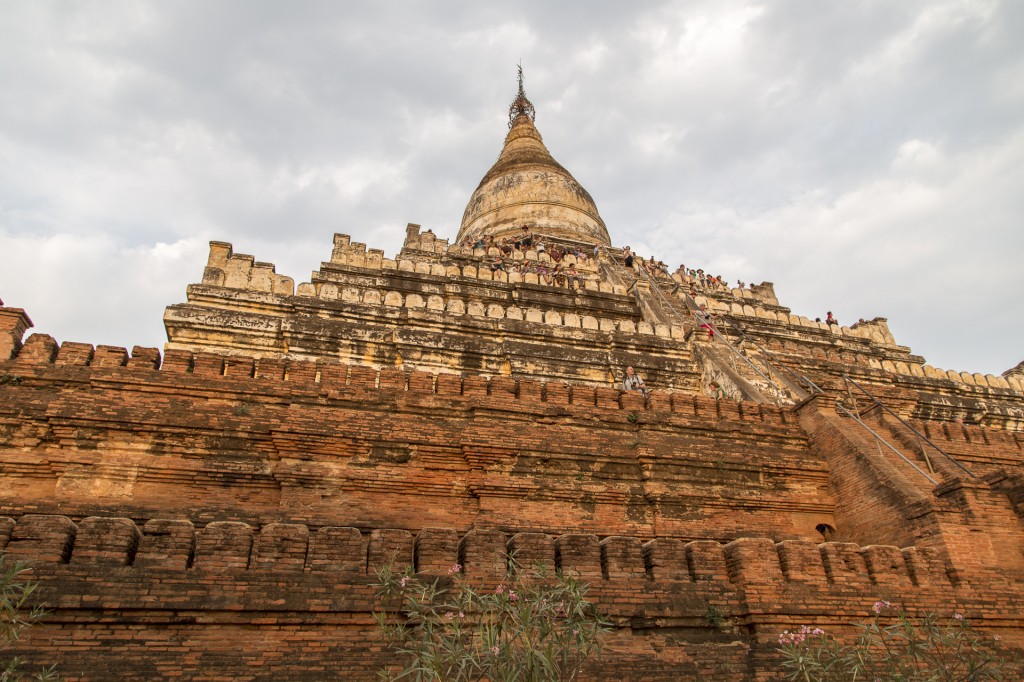
Yeah … those steps are like half a metre high, and that varies depending on the stones. There are railings… which aren’t a lot of help.
Yeah, those random people look like they’re struggling. And I had a toddler with me. But nothing would deter me! I was in Burma, and all those people made it up there, so I was in no way any worse. So up I went.
Yeah, it was high. And the funniest thing was watching my 3-year-old climb steps which were basically his height – and let me tell you, those railings weren’t very useful. On the way down, I carried him because I wasn’t convinced he’d make it… until I saw a local 6-year-old, or so, holding an iPad with both hands and running up the stairs while filming the ascent. (!)
The view was worth the climb, though.
I wasn’t the only one appreciating the sights.
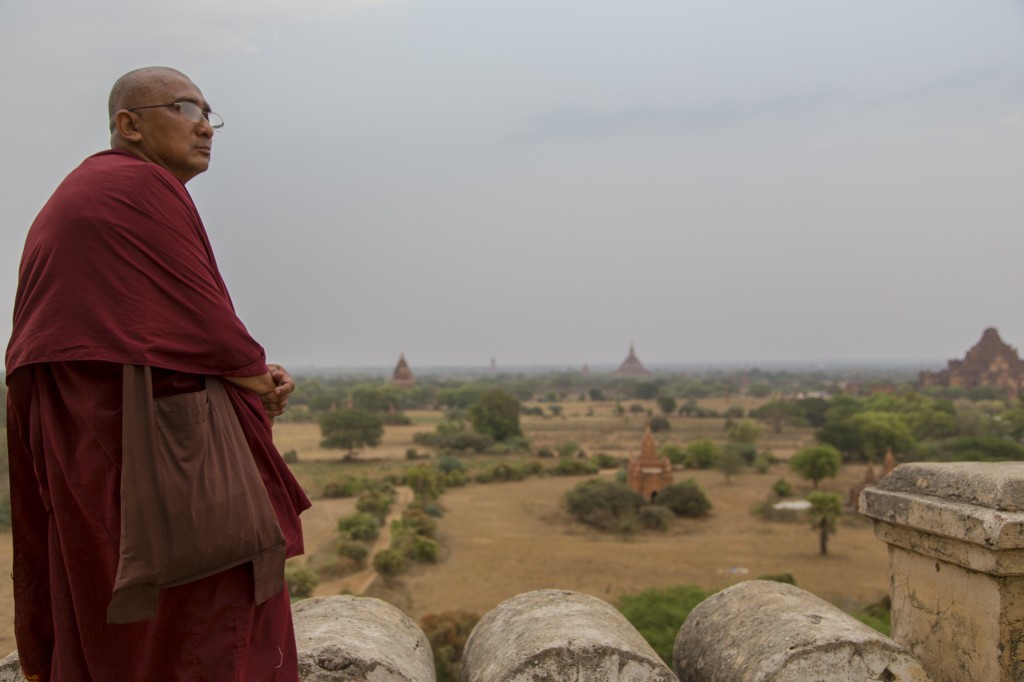
Downstairs was a weird amalgamation of Japanese buses which, besides the Burmese license plates, were fully original, including branding like “Hotoku Kanko” or “Kinki Tourism” or other locations in Japan. It looked like a completely normal parking lot of a Japanese touristy location.
We then went to watch sunset over the Irrawaddy river near the Bu Paya (Bu Pagoda). Built around the third century (!), it unfortunately toppled over during the 1975 earthquake and was completely rebuilt.
Sunset over Irrawaddy river, Bagan, Myanmar (Burma).
After this, we headed back to the hotel, as much was to be seen the next day.

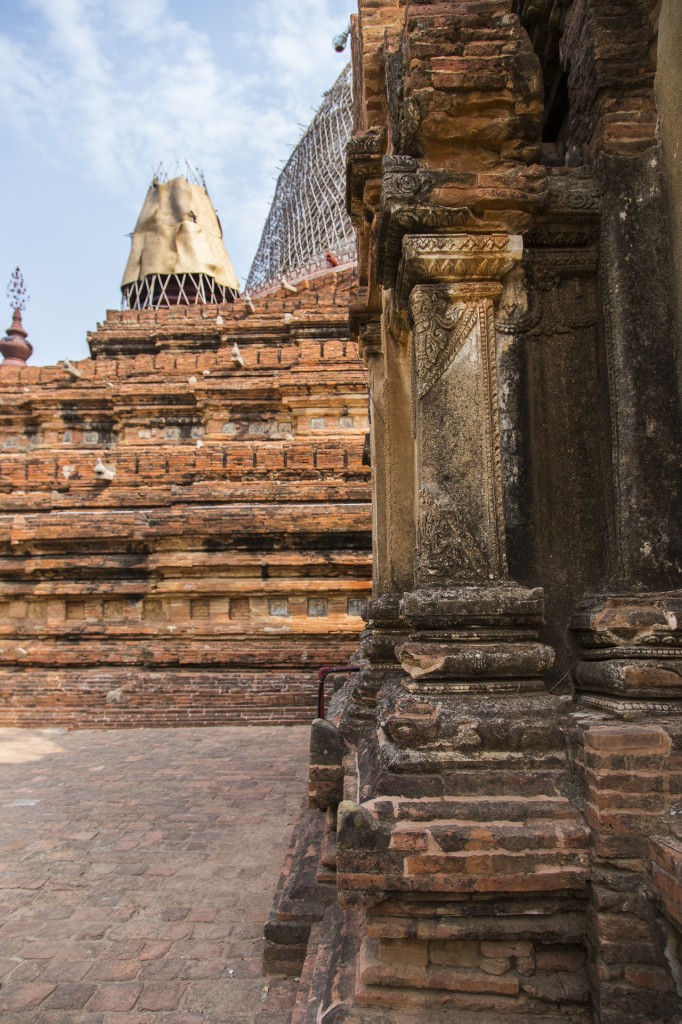


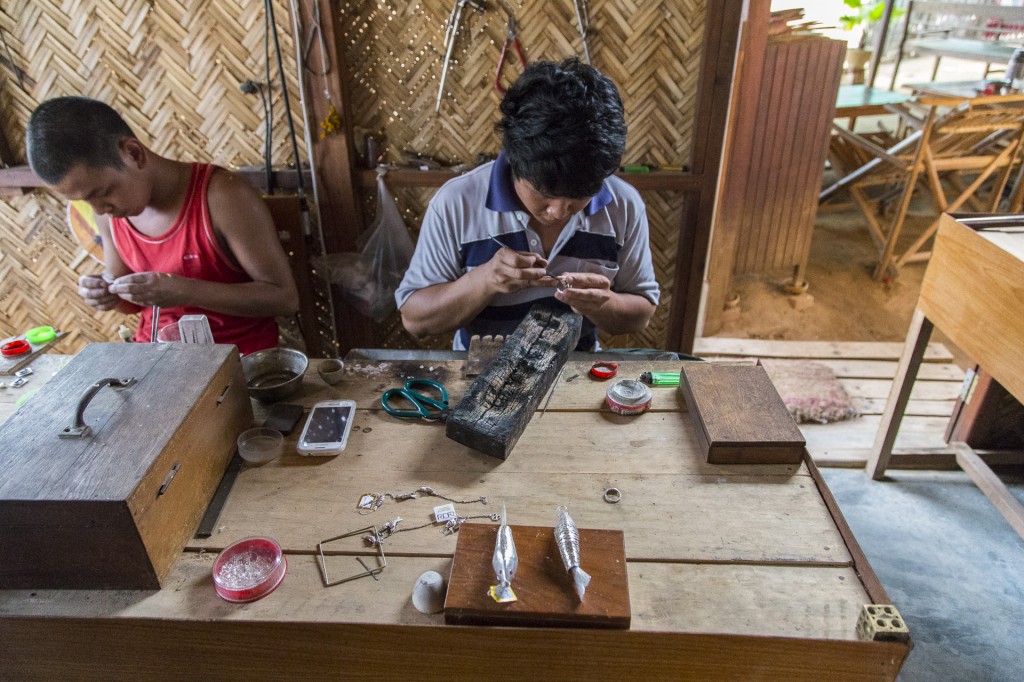
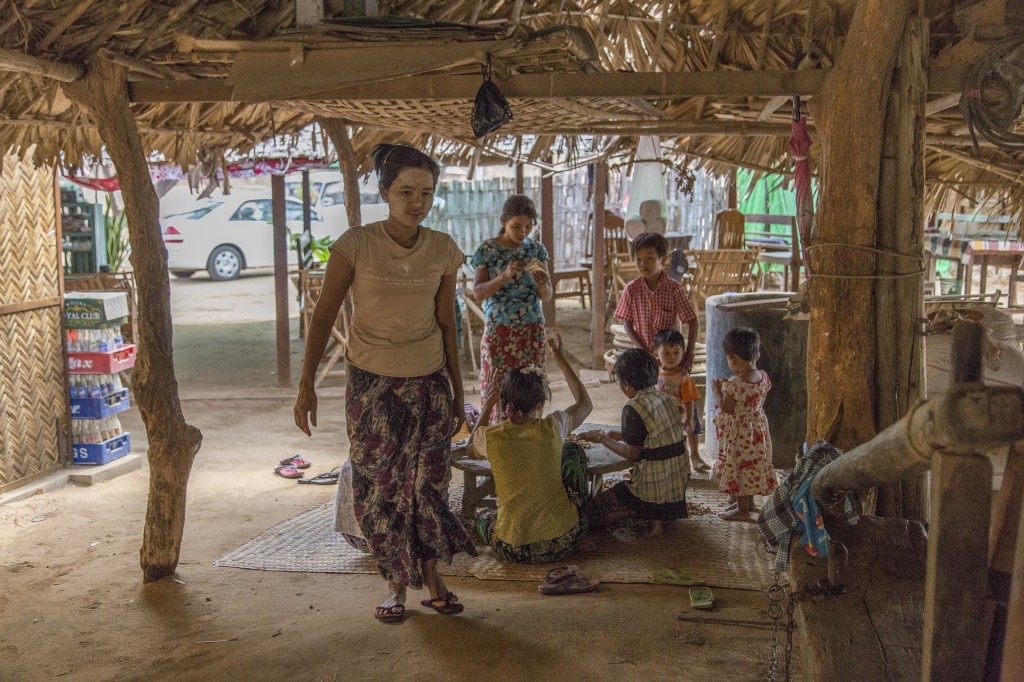
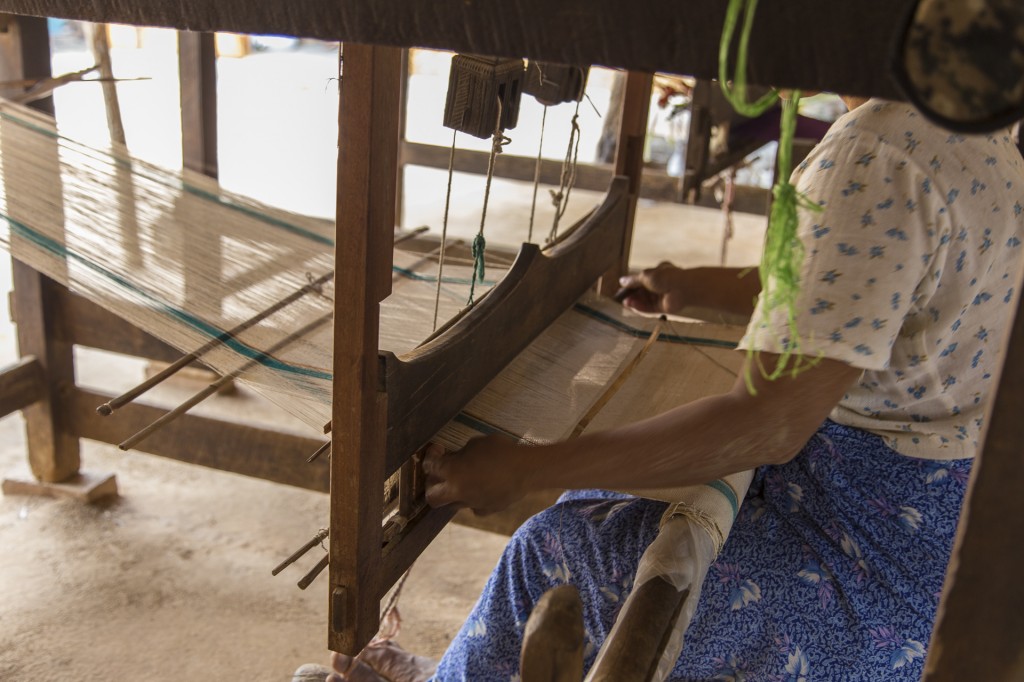
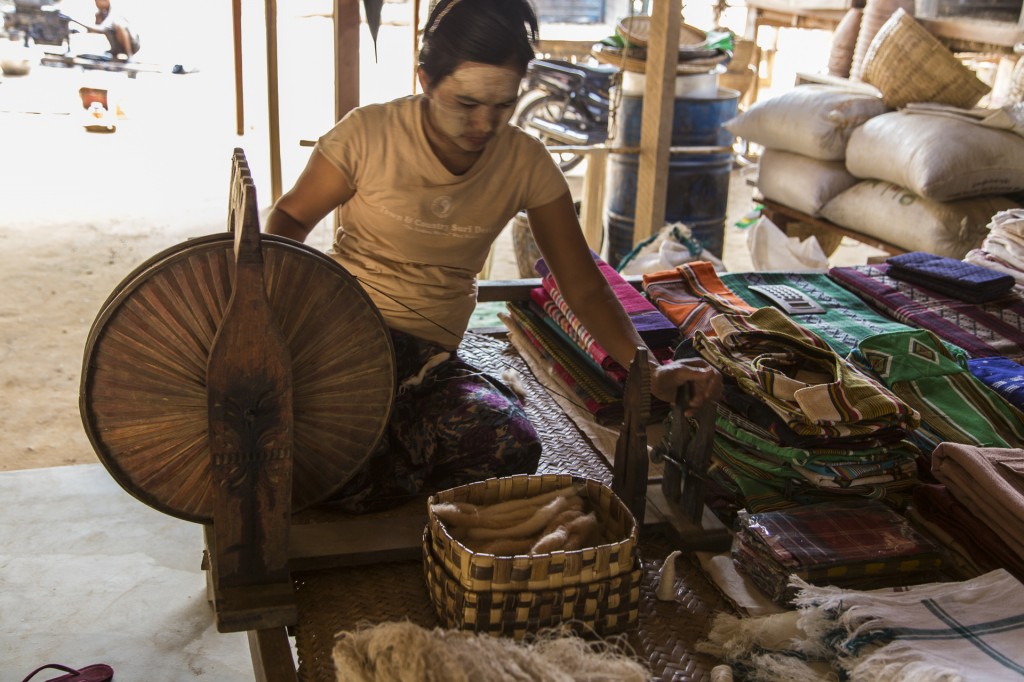
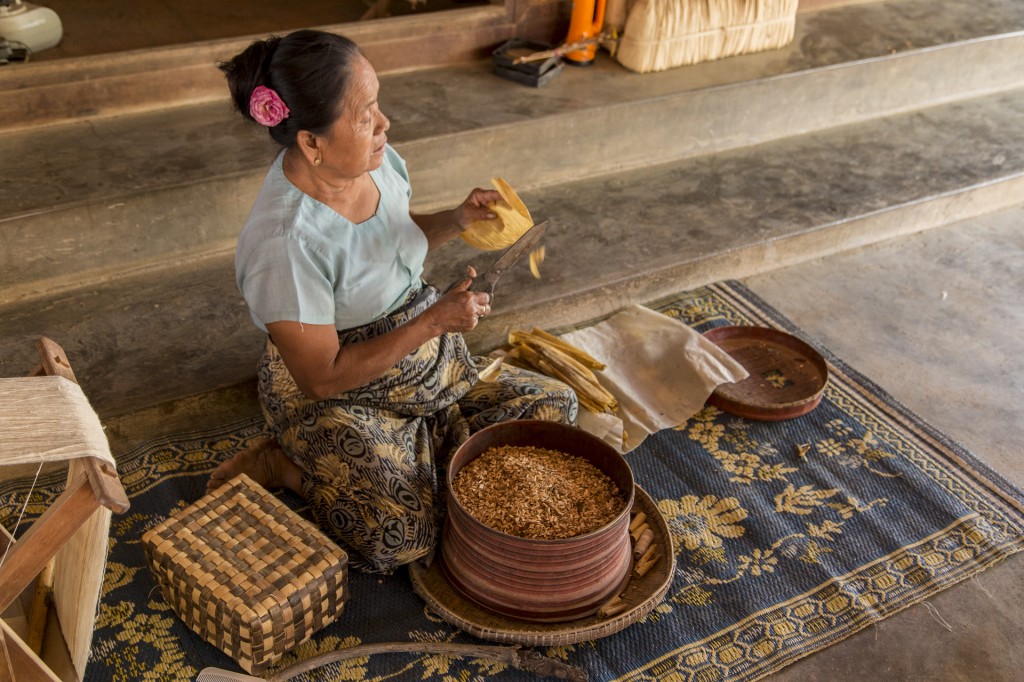
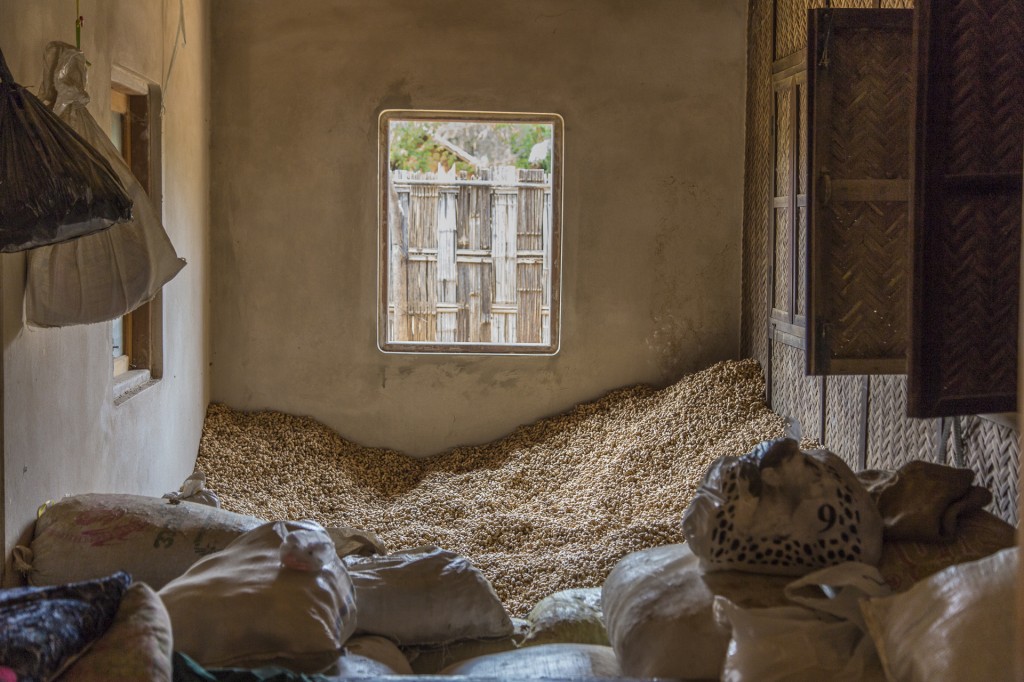
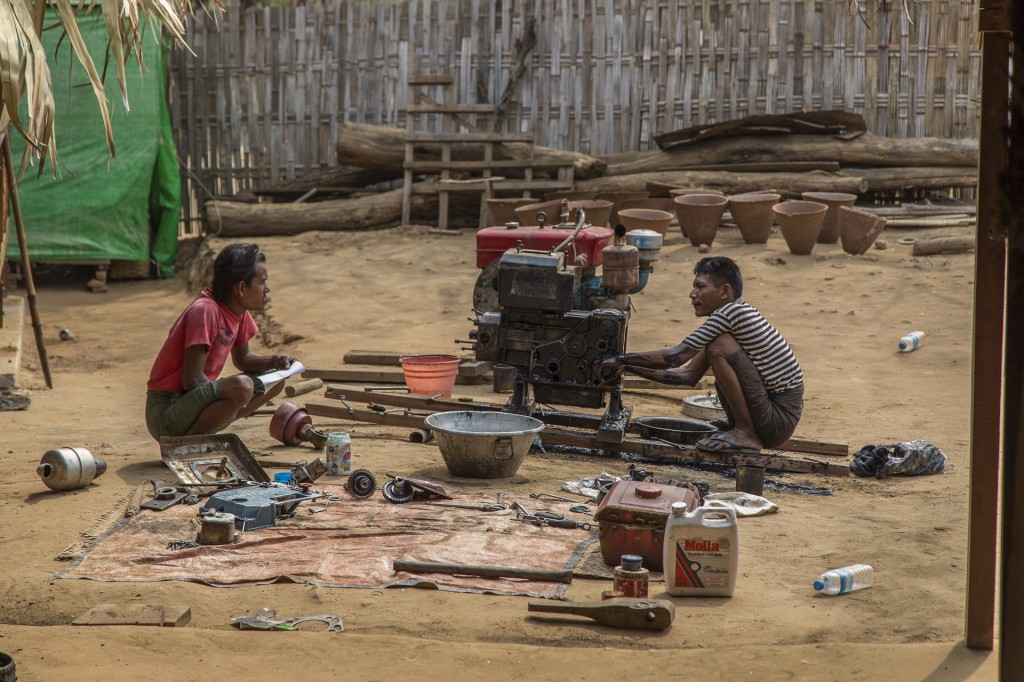
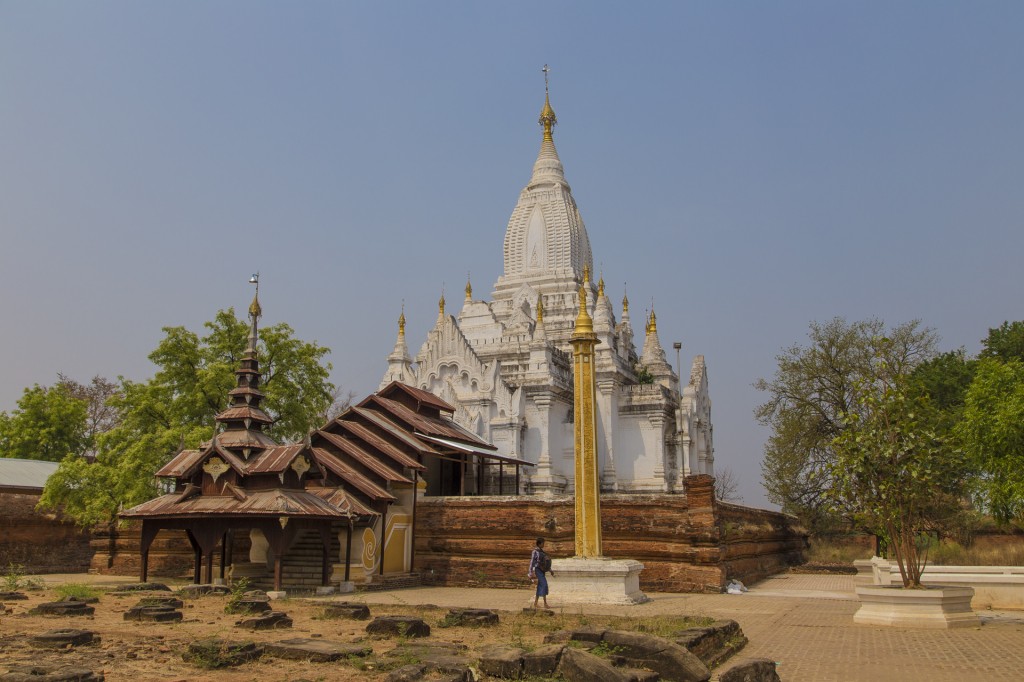


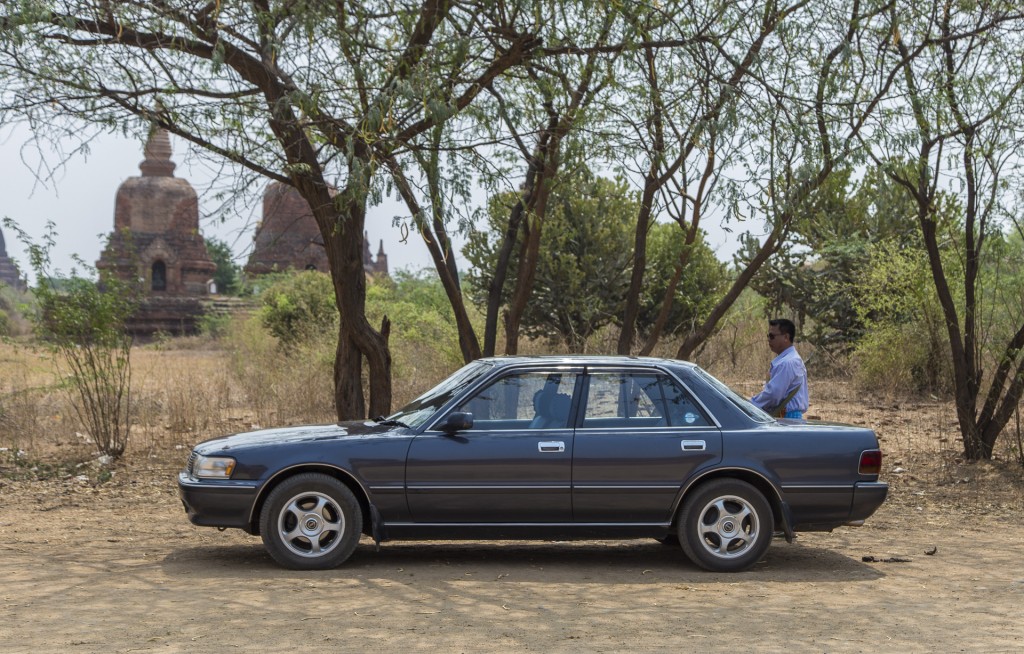

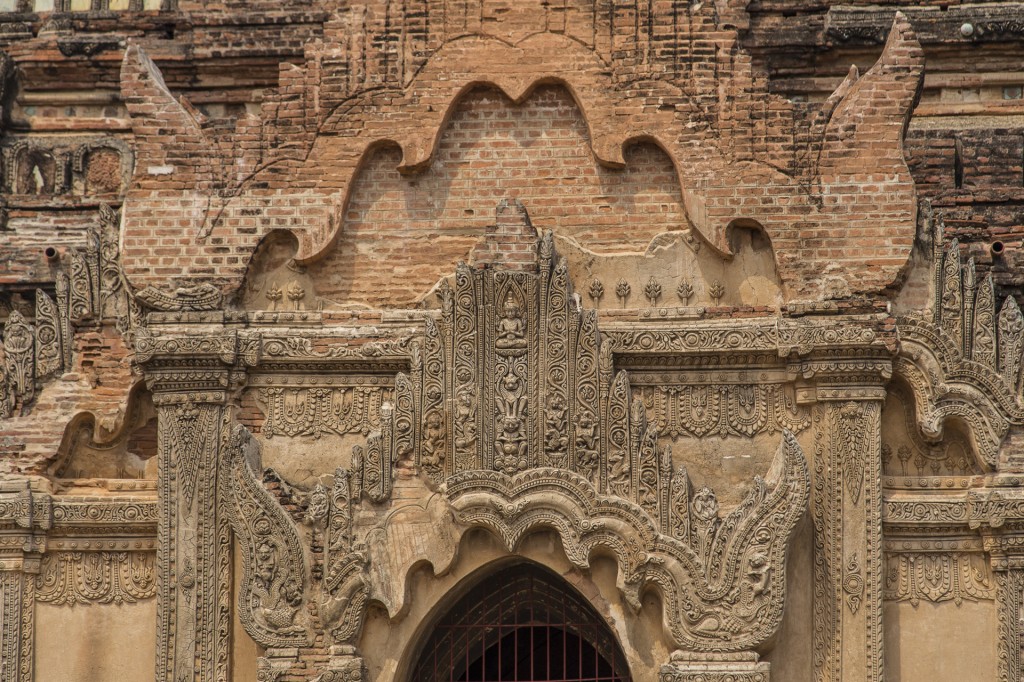
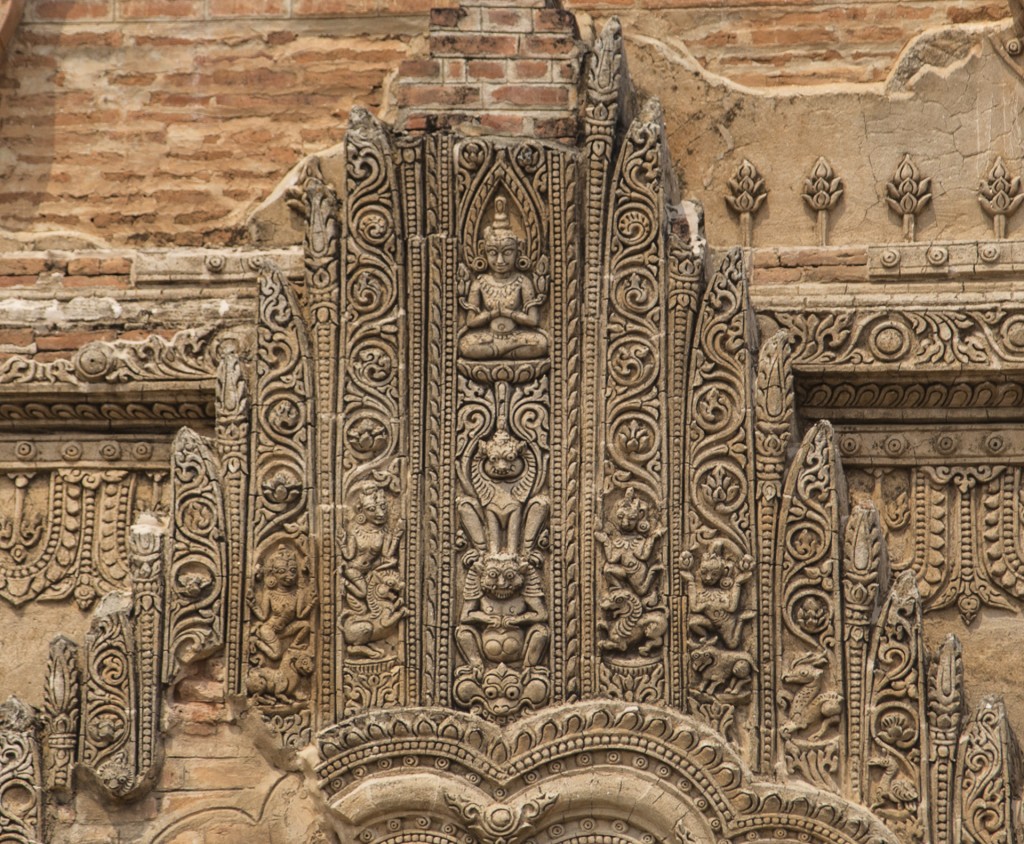
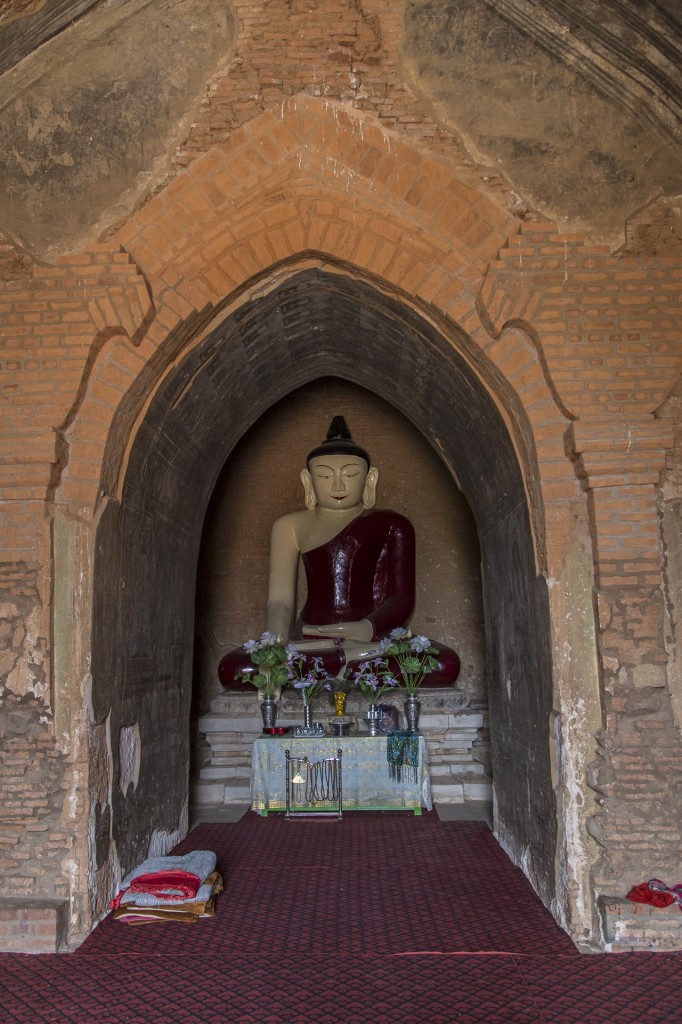
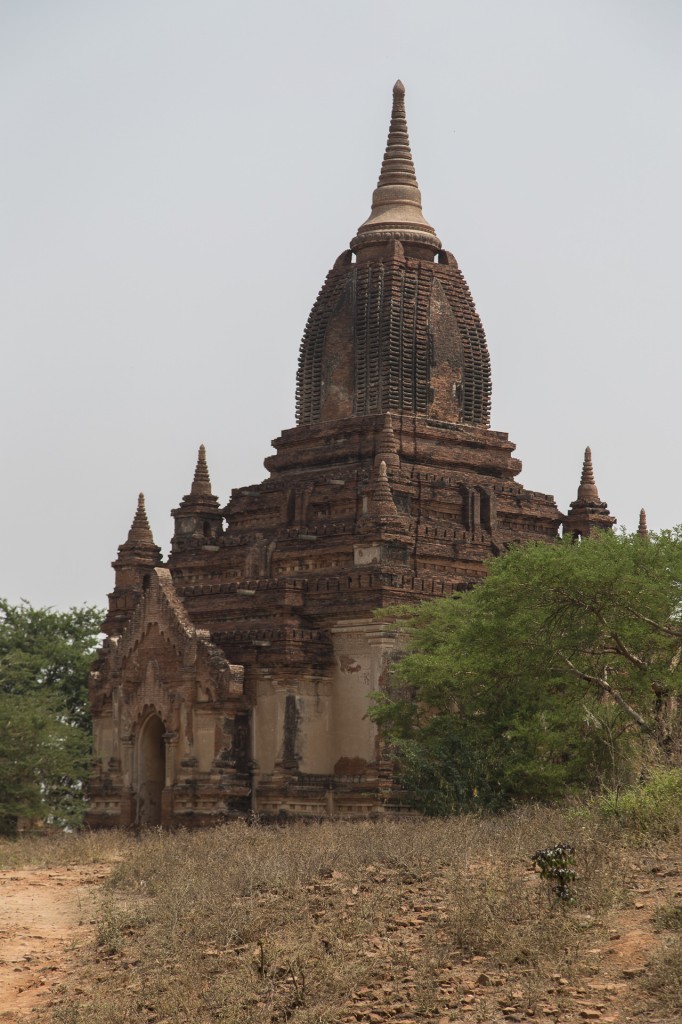

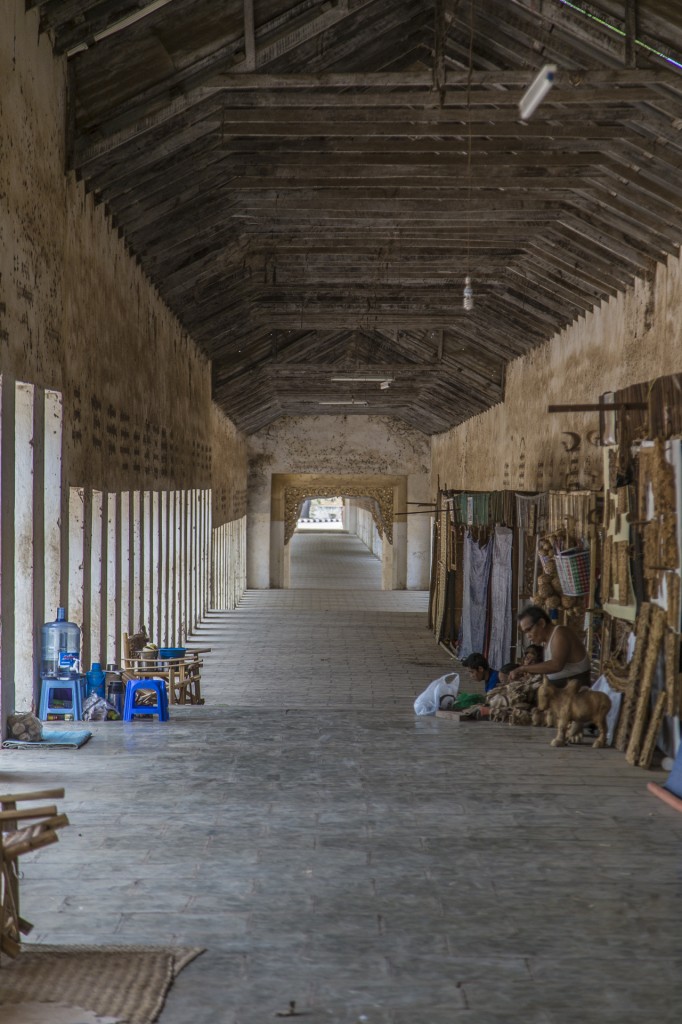
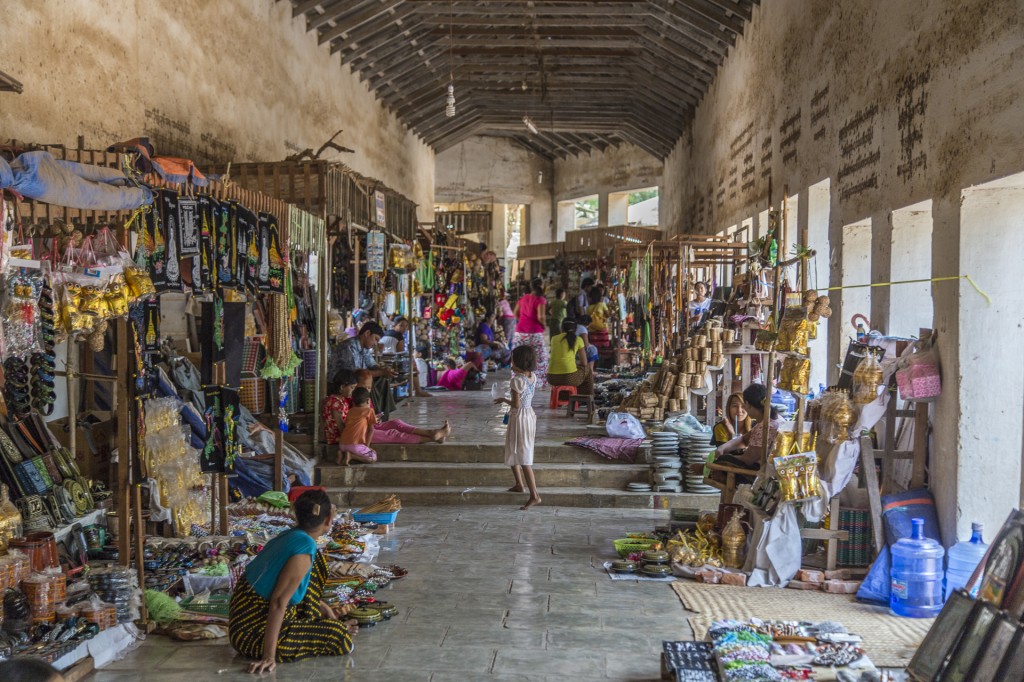

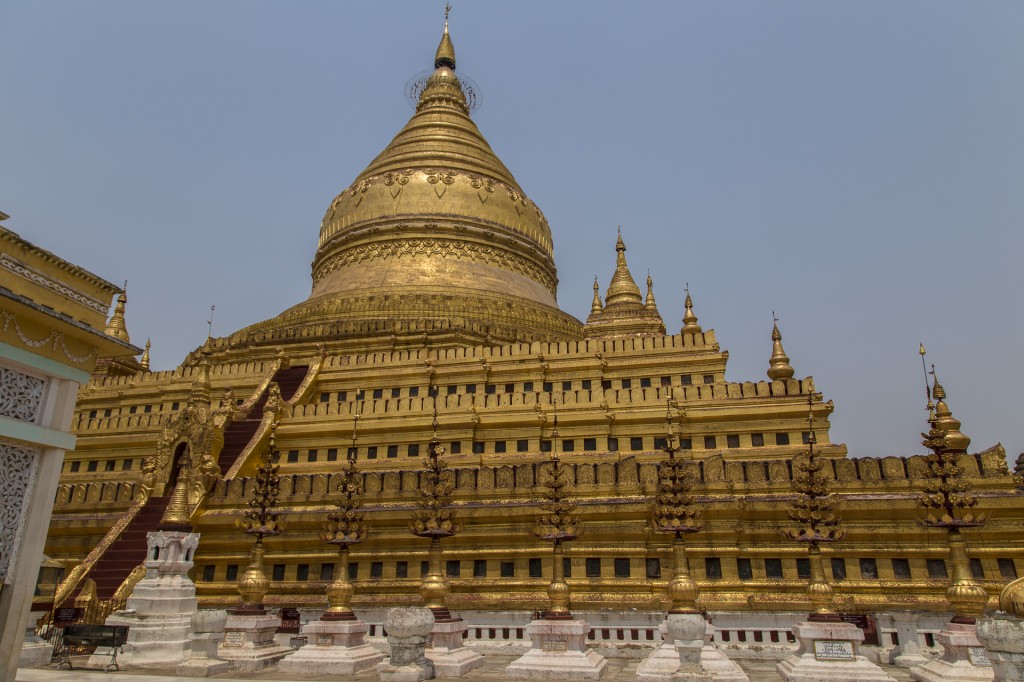
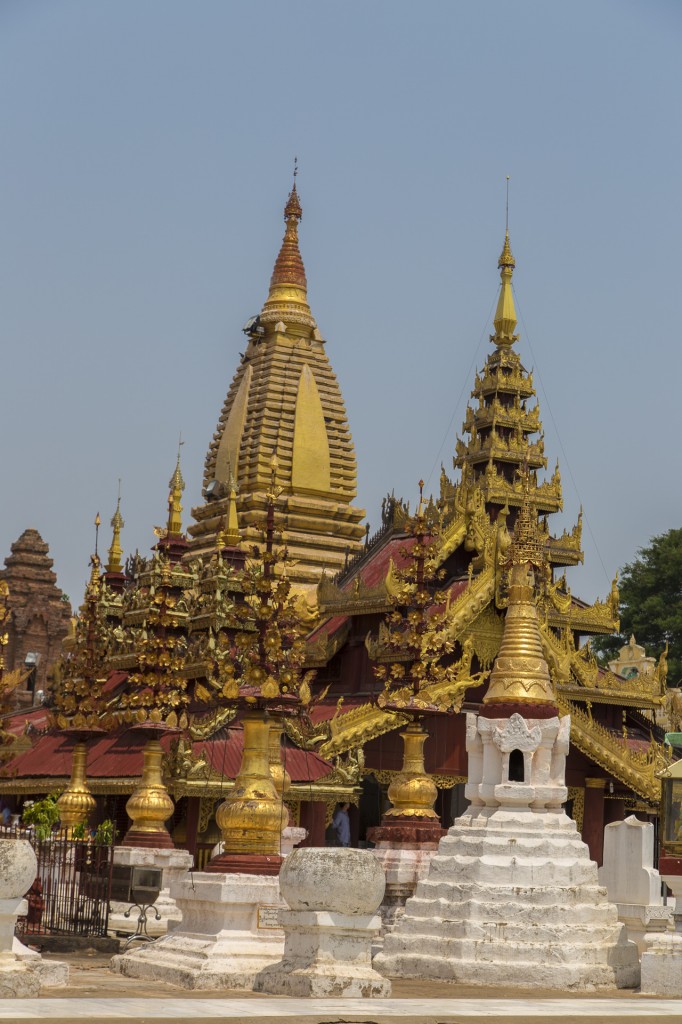




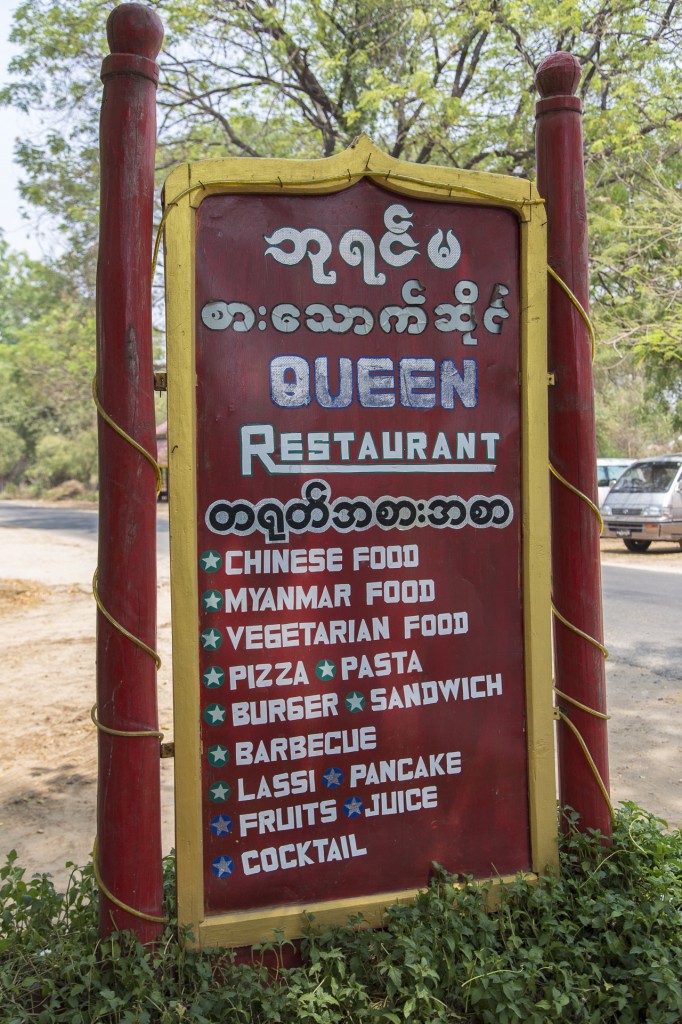
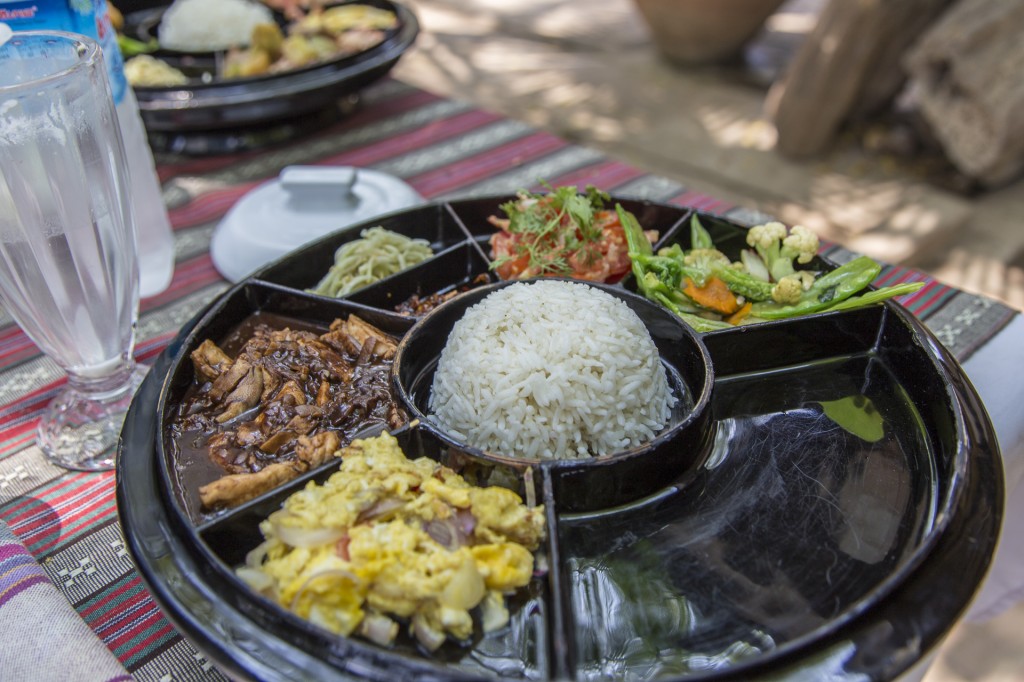
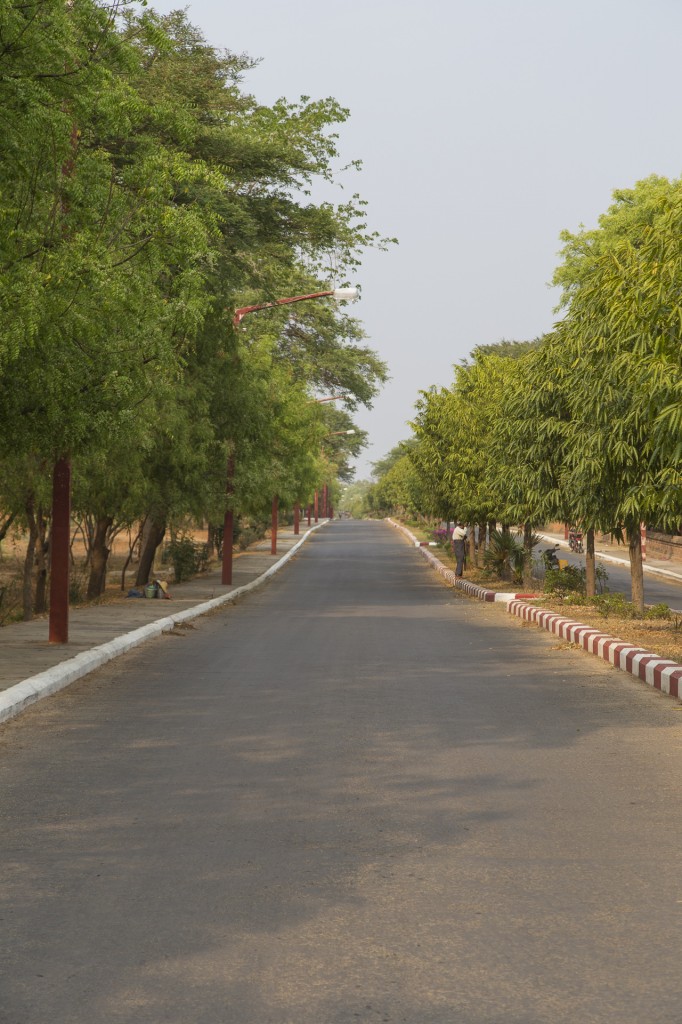
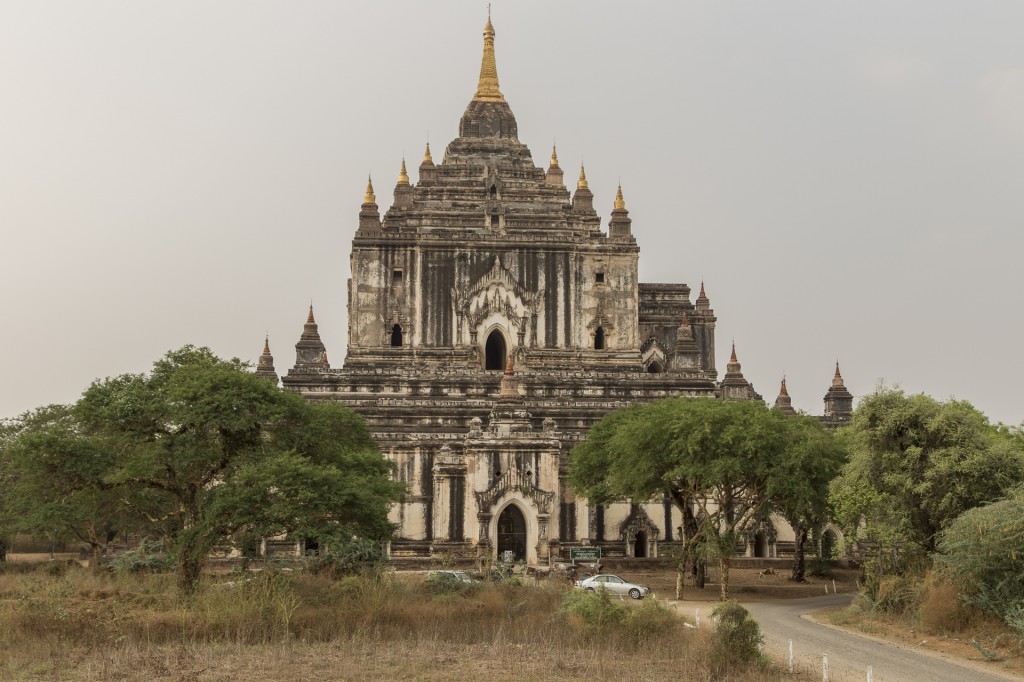
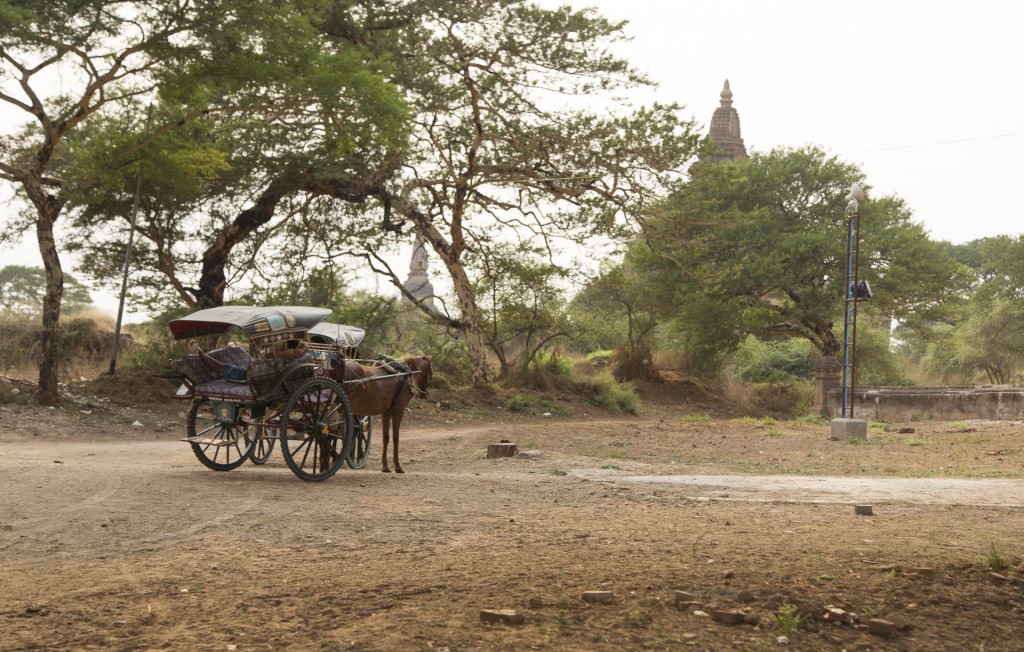
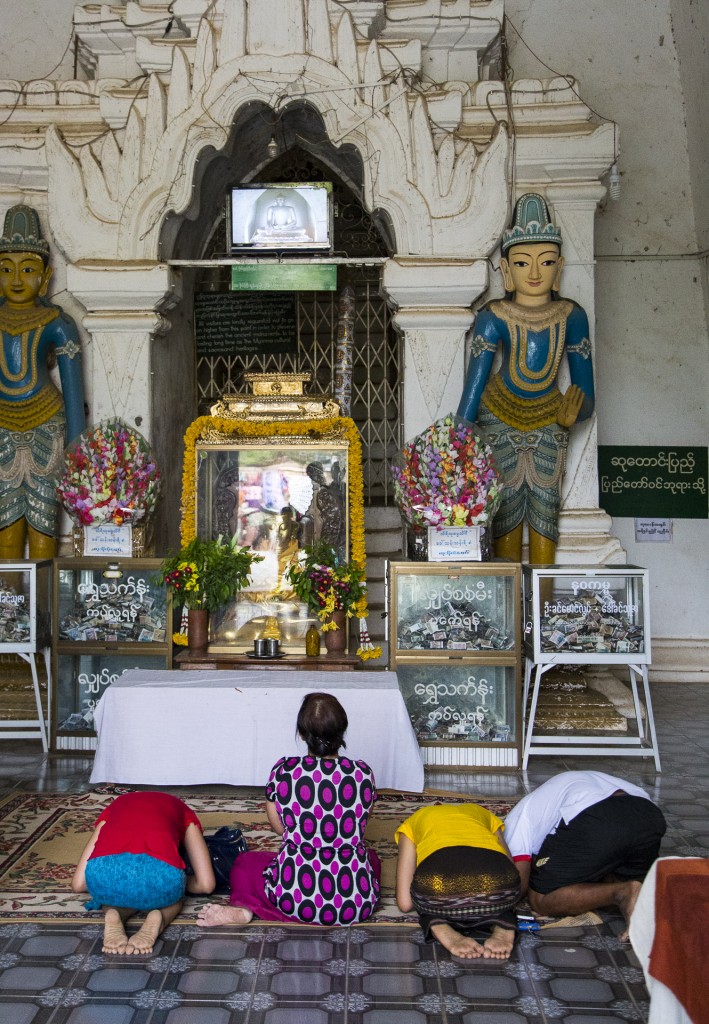

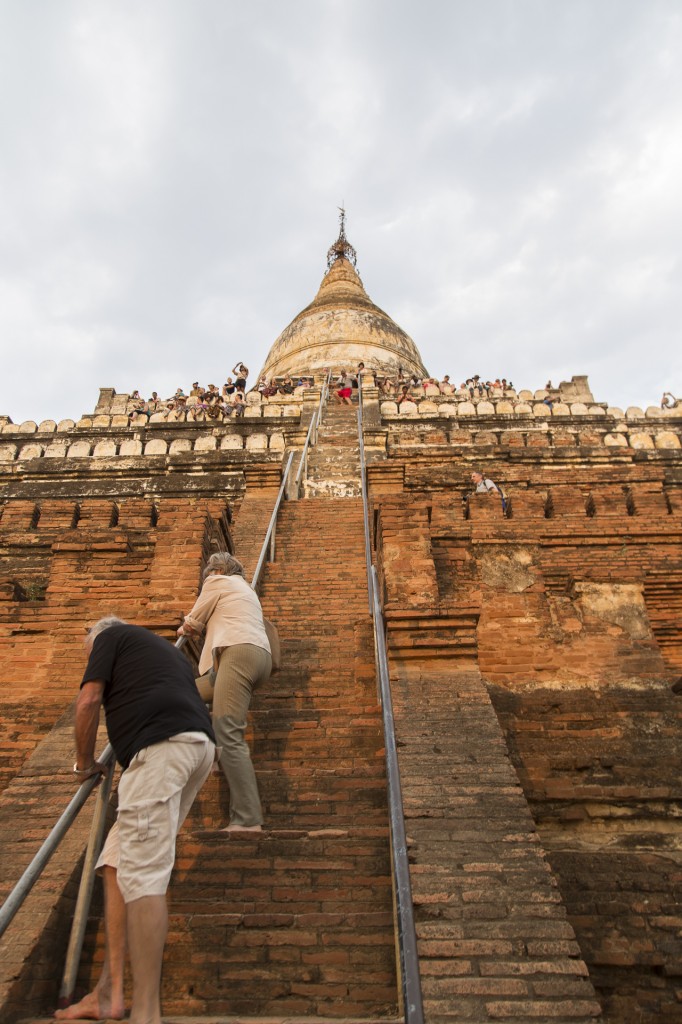
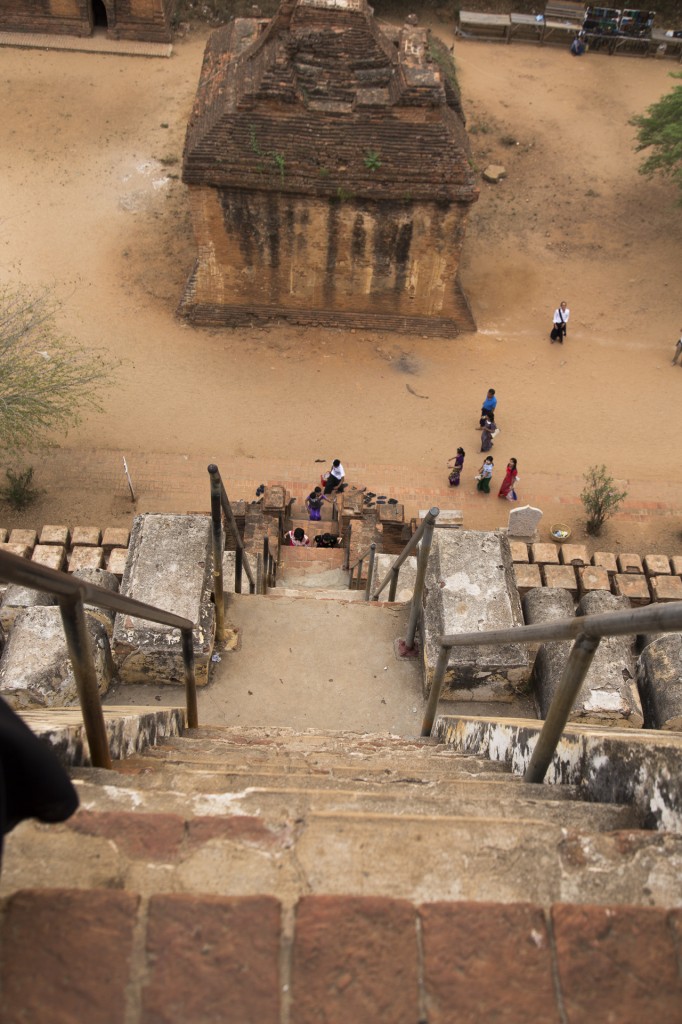


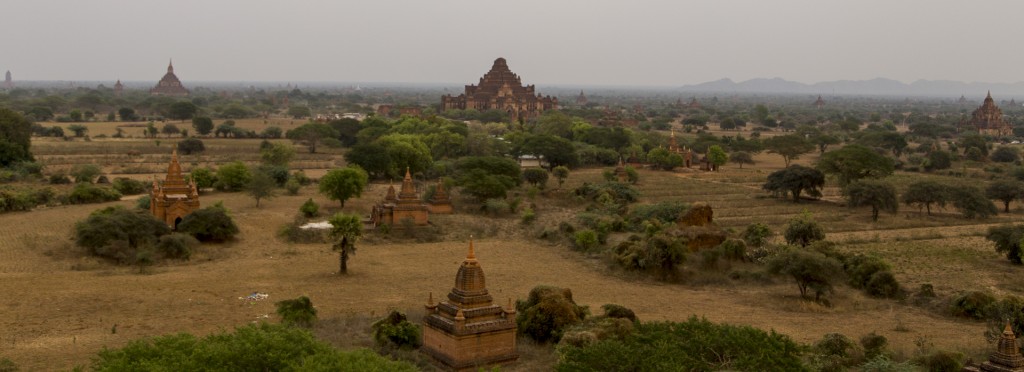
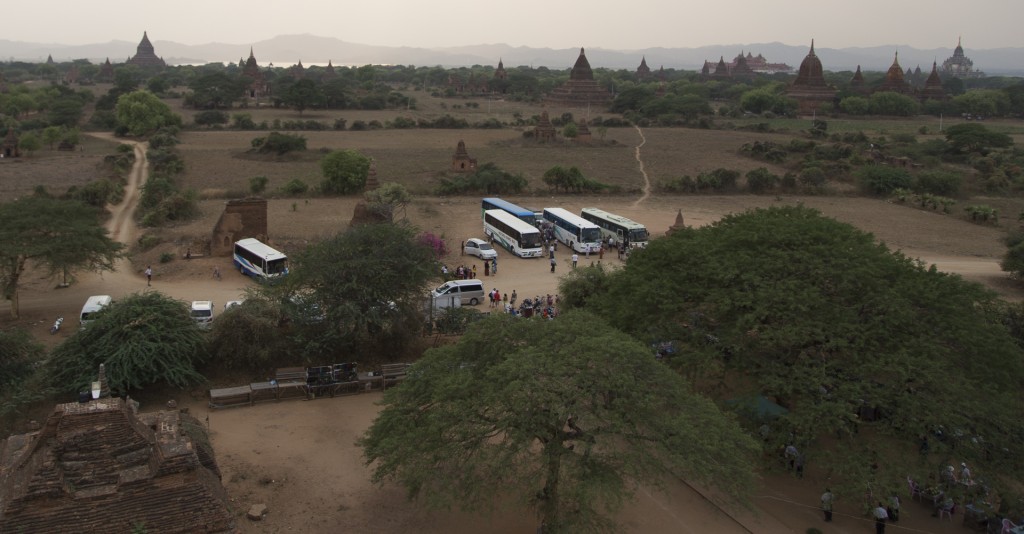
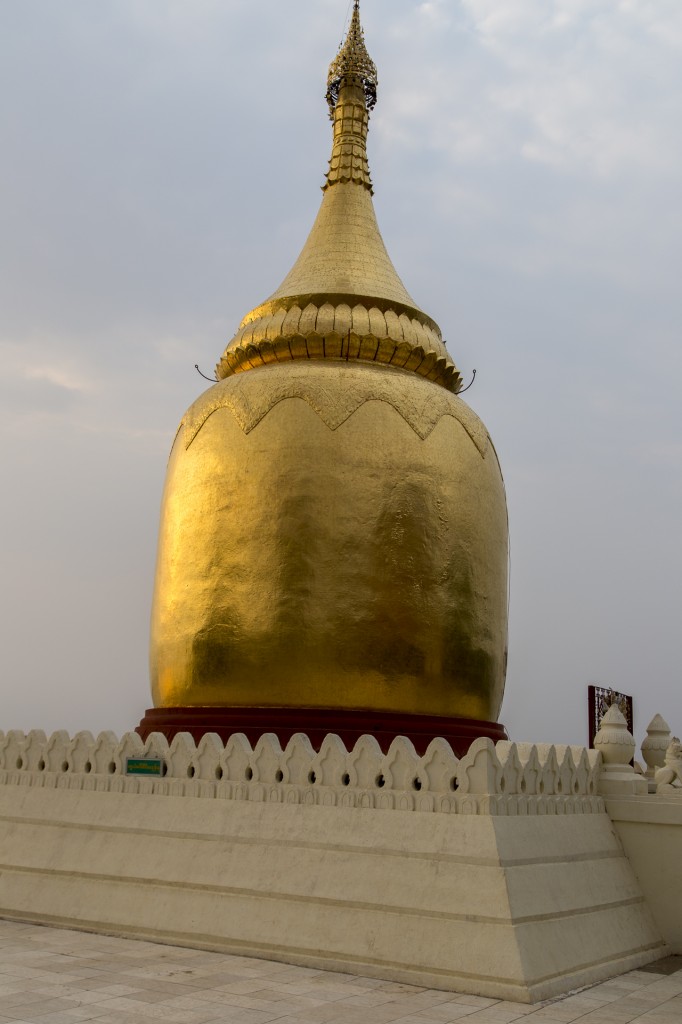
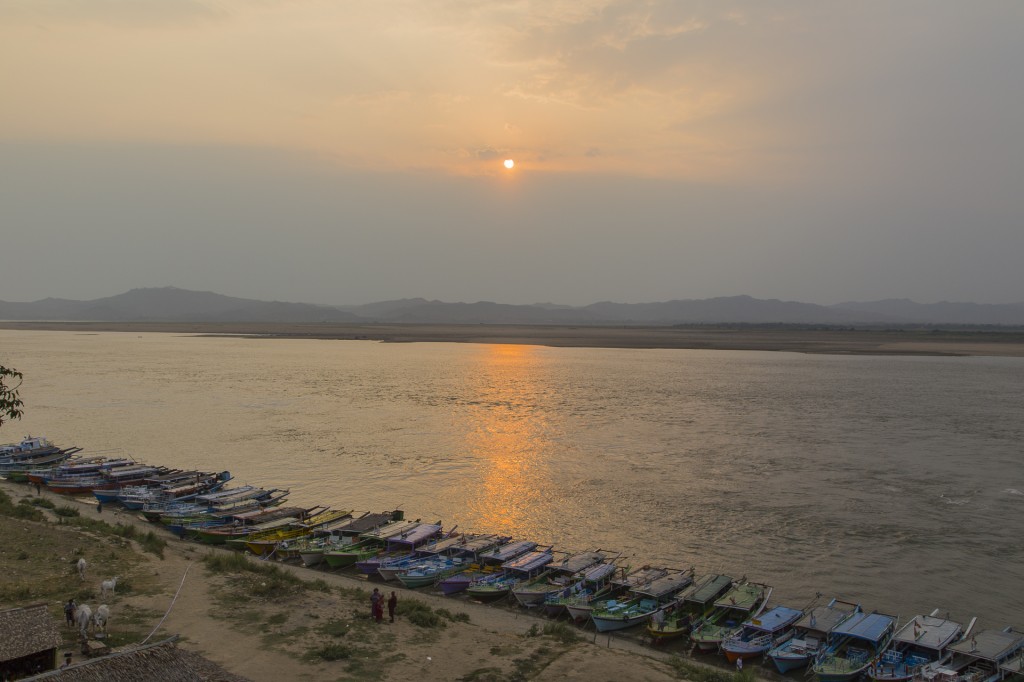
You must log in to post a comment.